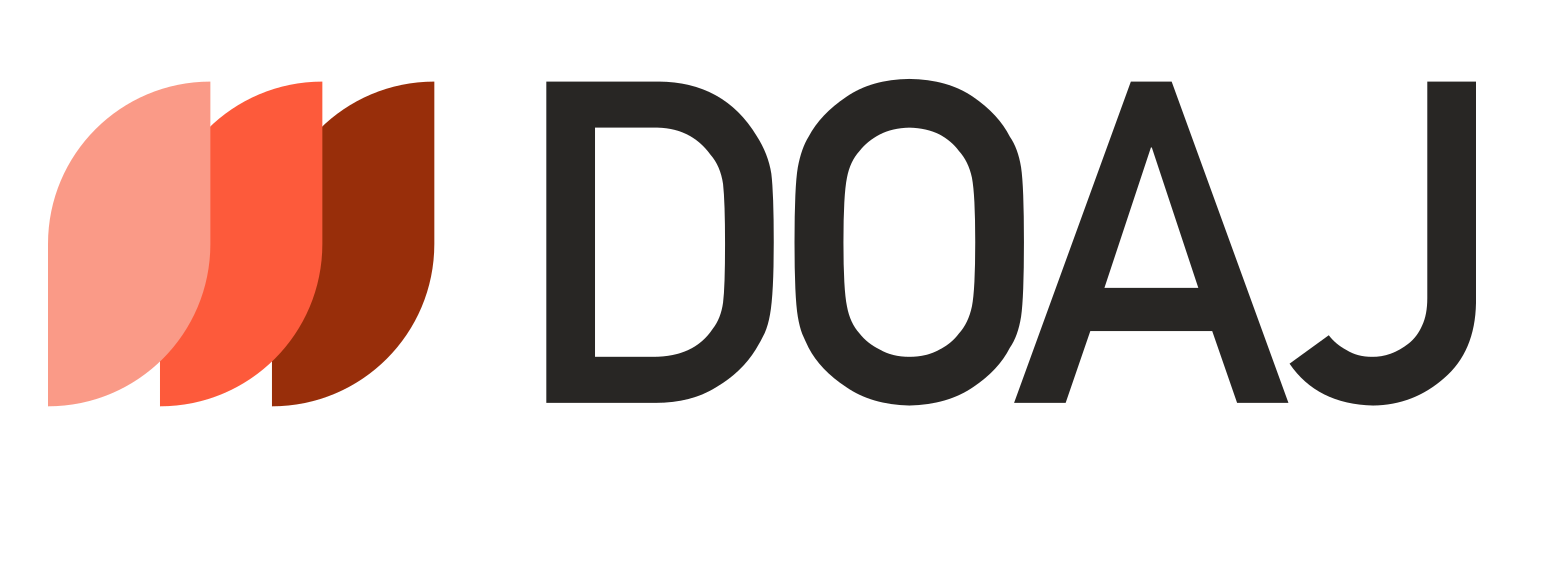Legal Regulation of Misleading Commercial Advertising (A Study of Palestinian Legislation)
DOI:
https://doi.org/10.35246/0n03fv41Keywords:
Commercial Advertising, Misleading Advertisements, Consumer, Legal ProtectionAbstract
In the current landscape of advancing technology, commercial advertising is an indivisible part of the contemporary economic environment, due to the crucial role it plays in introducing consumers to various products and services through both traditional and digital channels. This advertising conveys messages that include data and essential information that enhances consumers' understanding of market trends and conditions, as well as the various types and characteristics of products and services. This knowledge helps consumers make informed decisions when selecting goods that meet their needs.
However, commercial advertising can also be misused by some producers and distributors, through the use of attractive but exaggerated methods that emphasize the benefits of their products beyond legally permitted limits. and ultimately, this leads to misleading and confusing consumers about which products and services to choose. Such misleading advertising can result in decisions based on incomplete or false information. Therefore, the potential harms of misleading commercial advertising appear on the consumer, so we must highlight the need for effective legal protections against such deceptive and false advertising practices, Specifically, criminal protection.
Therefore, this study is concerned with examining the relevant Legal rules and assessing the extent of the Palestinian legislator's focus on regulating commercial advertising to protect consumers from deception and negative influences. Additionally, the study focuses on the criminal protections the legislator has established to safeguard consumers against misleading commercial advertising.
Downloads
References
Books
I. Ahmed Ghneim, Advertising, (AL-Mansoura: AL-asriya Library. 2008).
II. Ameen Dawas, Journal of Judicial Provisions and Code of Civil Offences. 1 ed., (Ramallah: Palestinian Judicial Institute, 2012).
III. Ameen Dawas and Mahmoud Doudeen: Sales Contract in the Journal of Judicial Provisions, (Ramallah, 2013).
IV. Antoine Al-Nashif, advertisements and trademarks between law and jurisprudence, (Beirut: Al Halabi Legal Publications, 1999).
V. Batul Sarawa Abadi, Commercial Misinformation and Its Impact on the Consumer, (Beirut: Al Halabi Legal Publications, 2011).
VI. Hassan Abdelbaset Jammeye, The Protection of the Consumer, (Dar Al-Nahda Al-Arabiya for Publishing, 1996).
VII. Hussein Fathi, Limits on the Legality of Commercial Advertising to Protect the Store and Consumer, (Cairo: Dar Al-Nahda Al-Arabiya for Publishing, 1991).
VIII. Hamad Mustafa Azib, Legal Aspects of Online Advertising of Products and Services, (Cairo: Dar Al-Nahda Al-Arabiya for Publishing. 2002).
IX. Khaled Mohammed al-Sabatin, Legal Protection of the Consumer, (Palestine: Palestinian Independent Commission for Citizen's Rights, 2002).
X. Khaled Mammdouh Ibrahim, Concluding E-Contract, Alexandria: Dar Al-Fikr aljamie, 2006).
XI. Reda Metwally Wahdan, Advertising Deception and Its Impact on the Standard of Fraud, (Mansoura: Dar Al-Fikr Wal-Qanun, 2008).
XII. Sherif Lotfy, Protecting Consumers in the Market Economy, 2nd ed., (Cairo: Dar El Shorouk, 1994).
XIII. Saber Abdel Aziz Salama, E- Contract, (2005).
XIV. Abdul Fadil Muhammad Ahmad, Advertising for the Products and Services from a Legal Perspective, (Mansoura: Dar Al-Jalaa).
XV. Othman Al-Takrouri, Obligation Provisions, (Palestine: Academic Library, 2019).
XVI. Othman Al-Takrouri and Ahmad Suwaiti, Sources of Obligation, (Palestine, Academic Library, 2019).
XVII. Ali Haidar, Durar Al-Hukkam Sharh Majallat Al-Ahkam, Vol 1, (Riyadh: Dar Alam Al-Kutub, 2003).
XVIII. Muhammad Ibrahim Abu Al-Haija, E-Commerce Contracts, 3rd ed., (Amman: Dar Al-Thaqafa for Publishing and Distribution, 2005).
XIX. Muhammad Ismail, Deceptive Commercial Advertisements and the Protection Guaranteed by the Criminal Code for the Consumer, (Dar Al-Nahda Al-Arabiya for Publishing, 1999).
XX. Muhammad Al-Shinawi, Strategy for Combating Modern Fraud Crimes, (Al-Majalla Al-Kubra, Dar Al-Kutub Al-Qanuniya, 2008).
XXI. Mustafa Ahmad Abu Omar, A Brief Summary of the Provisions of the Consumer Protection Law, (Beirut: Al-Halabi Legal Publications, 2011).
XXII. Mansour Rahmani: The concise book to General Criminal Law, (Algeria: Dar Al-Ulum for Publishing and Distribution, 2006).
XXIII. Haytham Hashem, The Science of Commercial Advertising, (Damascus: Toubin Press, 1965).
Journals and Periodicals
I. Ahmad Al-Saeed Al-Zaqard, "Legal Protection from Advertising Deception in Kuwaiti and Comparative Law," Journal of Law, Volume 19, Issue 4, (1995), pp. 143-289.
II. Ahmad Al-Saeed Al-Zaqard, "Towards a General Theory of Contract Drafting," Journal of Law, Volume 25, Issue 3, (2001), pp. 177-297.
III. Shawwa Hilal, “Protecting the Consumer from the Crime of Misleading or False Commercial Advertising,” Al-Basira Center for Research and Educational Consultations, No. 22, (2014). p. p. 117-126.
IV. Muhammad Rabie Fath Al-Bab, "The Effect of the Principle of Good Faith on the Termination of Term Contracts," Legal Journal, Volume 11, Issue 1, (2022), pp. 171-308.
V. Hania Ibrahimi, Protecting Consumer from False Advertising, Journal of Humanities, Vol. 21, No. 2, (2020), pp. 141-154.
Theses
I. Asmaa Mahmoud Shaker Abu Asbah, Civil Protection of Consumers from False and Misleading Commercial Advertisements, Unpublished Master's Thesis, (Al-Quds University, 2022).
II. Khaled Badawi, Civil Protection of Consumers from Misleading Advertising, Unpublished Master's Thesis, (An-Najah National University, 2018).
Websites
I. Maqam https: https://maqam.najah.edu//
II. Al-Muqtafi: http://muqtafi.birzeit.edu/
III. Qistas https: https://qistas.com/
Downloads
Published
Issue
Section
License

This work is licensed under a Creative Commons Attribution 4.0 International License.
Copyright and Licensing:
For all articles published in Journal of Legal Sciences, copyright is retained by the authors. Articles are licensed under an open access Creative Commons CC BY 4.0 license, meaning that anyone may download and read the paper for free. In addition, the article may be reused and quoted provided that the original published version is cited. These conditions allow for maximum use and exposure of the work.
Reproducing Published Material from other Publishers: It is absolutely essential that authors obtain permission to reproduce any published material (figures, schemes, tables or any extract of a text) which does not fall into the public domain, or for which they do not hold the copyright. Permission should be requested by the authors from the copyrightholder (usually the Publisher, please refer to the imprint of the individual publications to identify the copyrightholder).
Permission is required for: Your own works published by other Publishers and for which you did not retain copyright.
Substantial extracts from anyones' works or a series of works.
Use of Tables, Graphs, Charts, Schemes and Artworks if they are unaltered or slightly modified.
Photographs for which you do not hold copyright.
Permission is not required for: Reconstruction of your own table with data already published elsewhere. Please notice that in this case you must cite the source of the data in the form of either "Data from..." or "Adapted from...".
Reasonably short quotes are considered fair use and therefore do not require permission.
Graphs, Charts, Schemes and Artworks that are completely redrawn by the authors and significantly changed beyond recognition do not require permission.
Obtaining Permission
In order to avoid unnecessary delays in the publication process, you should start obtaining permissions as early as possible. If in any doubt about the copyright, apply for permission. Journal of Legal Sciences cannot publish material from other publications without permission.
The copyright holder may give you instructions on the form of acknowledgement to be followed; otherwise follow the style: "Reproduced with permission from [author], [book/journal title]; published by [publisher], [year].' at the end of the caption of the Table, Figure or Scheme.











